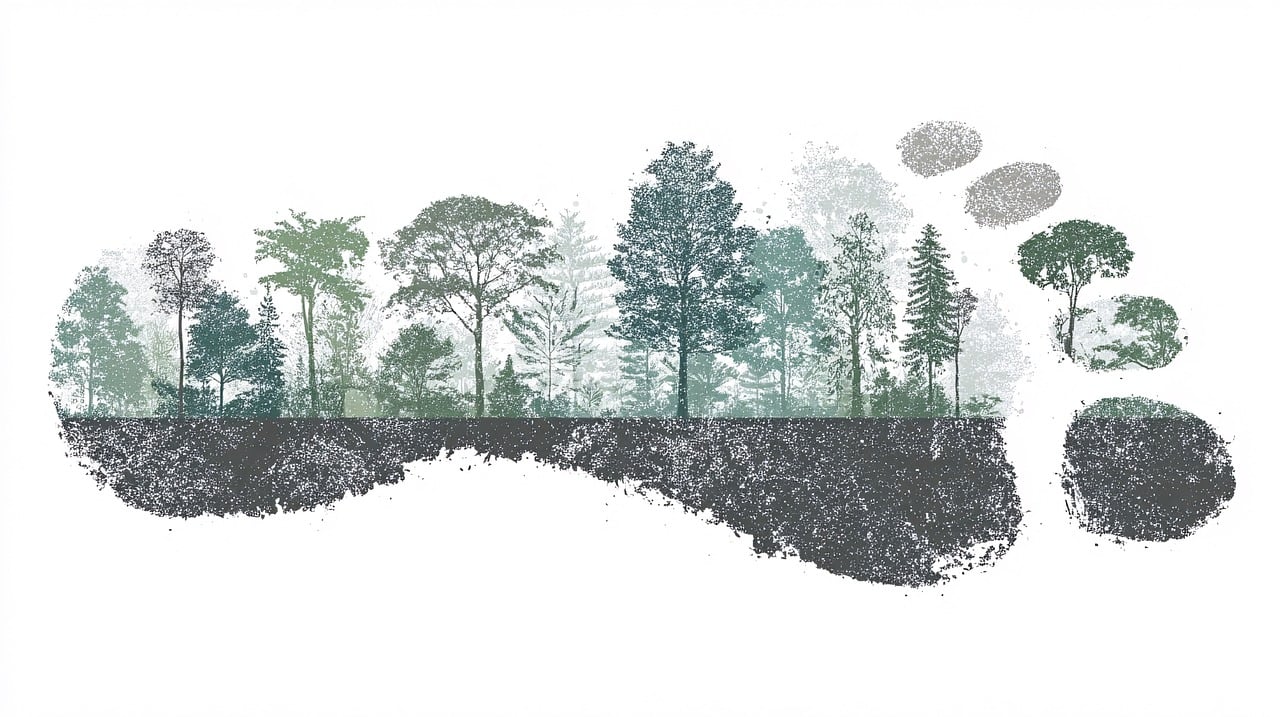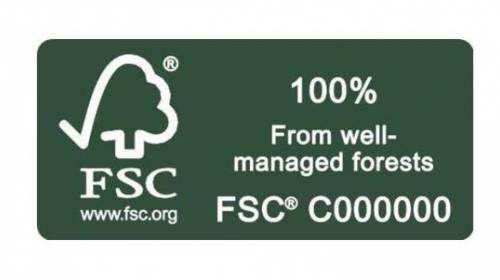Sustainable Hardwood Flooring – Does it Exist?
Sustainable hardwood flooring – does it really exist, or is it just a buzzword? More homeowners today are asking this question as they strive to make smarter, more environmentally friendly choices for their homes.
Sustainability means using natural resources in a manner that doesn’t deplete them for future generations. The aim is to protect our planet by choosing safe, long-lasting, and responsibly made materials.

What is Sustainable Flooring?
So, what does sustainable flooring look like in your home?
Sustainable options are those that:
- Last for many years
- Don’t harm air or water quality
- Use natural or recycled raw materials
- Are made and delivered with care for the environment
For flooring that checks those boxes, sustainable hardwood flooring is a top choice.
Why Sustainable Hardwood Flooring Is a Smart Choice
Homeowners love wood flooring for its beauty and strength. However, hardwood floors can also be environmentally friendly if made the right way. Why?
It Lasts for Generations
Some types of floors wear out quickly and require replacement every 10 to 20 years. Unfortunately, this is often sent to landfills.
Hardwood floors can last 50 years or more. Indeed, companies like Robbins® offer a lifetime limited warranty with their Natural Forest™ solid hardwood floors. Little wonder, then, that many old homes still have their original wood floors.
How’s the support for sustainability? It promotes less waste and fewer new flooring materials needed over time.
You Can Refinish Hardwoods Instead of Replacing Them
You don’t have to throw them out if hardwood floors begin to wear. You can sand and refinish them to make them look new. That keeps them out of landfills and saves hardwood trees. Other options, such as carpet, almost always end up in landfills.
Wood Flooring Can Keep Your Air Clean
Eco-friendly wood flooring usually has fewer harmful chemicals than carpet. Moreover, hardwood floors don’t trap dust, mold, or pet dander. That can make the air in your home healthier to breathe. That’s a substantial plus for allergy sufferers.
Look for Third-Party Certifications with Wood Flooring
Look for certifications from independent groups that test and verify environmental and health standards to ensure that you pick wood floors that are safe and eco-friendly.
When buying sustainable hardwood flooring, check for certifications from trusted groups like:

Forest Stewardship Council (FSC)
FSC ensures that wood comes from responsibly managed forests focused on long-term sustainability. Its certification means:
- The harvested wood protects biodiversity
- It respects the rights of workers and Indigenous peoples
- It supports the long-term health of forest ecosystems.
It also promotes responsible forestry practices to prevent illegal logging and forest degradation. An FSC certification ensures manufacturers commit to sustainable sourcing.
NWFA Responsible Procurement Program (RPP)
This program is a joint initiative between leading environmental groups and industry manufacturers. It ensures that wood floors are produced and promoted only from environmentally and socially responsible sources. RPP helps to improve forest sustainability for future generations.
FloorScore® or GREENGUARD
These certifications verify that flooring materials meet strict standards for indoor air quality. Each tests for volatile organic compounds (VOCs) and other chemical emissions that can affect your health.
Flooring that meets these standards is safer for your home environment. That’s critical for children, pets, and those with allergies or asthma.
What Is Sustainable Hardwood?
Sustainable hardwood comes from managed forests that are carefully designed to maintain their health and vitality. That practice involves:
- Replanting trees to replace those harvested
- Protecting animals and plants
- Harvesting using responsible forestry practices
When purchasing hardwood flooring, check for a Forest Stewardship Council (FSC) certification. Its certification ensures that a manufacturer commits to sustainable sourcing.
What Is the Most Sustainable Hardwood Flooring?
Some of the best choices for sustainable hardwoods are oak, maple, and hickory. These grow in the United States and are easy to replant. They are strong, beautiful, and a renewable resource.
Engineered hardwood is one of the better eco-friendly wood flooring choices. It uses a thin layer of real hardwood on top and faster-growing wood underneath. As a result, the flooring uses less hardwood for each plank.
What Is the Least Sustainable Wood?
Some exotic hardwoods, such as mahogany or teak, are not as environmentally friendly. They often ship from offshore resources, where forests may get less protection. Another concern is that shipping them from far away also uses more fuel.
Transporting wood from overseas typically involves long-distance shipping by cargo ships, trucks, or planes. Each burns fossil fuels and contributes to greenhouse gas emissions. The farther the distance, the larger the carbon footprint.
To stay, opt for wood from the United States and select FSC-certified products.

Forests in the U.S. Are Thriving
Many people think using wood means cutting down too many trees. However, in the United States, forest growth outweighs harvesting.
According to the U.S. Forest Service, the average annual net growth of forests is about 25 billion cubic feet. However, forest removal is around 13 billion cubic feet. That means forest growth outpaces harvesting nearly two to one. That directly results from the success of responsible forestry practices and sustainable forest management.
Reclaimed and Reusable Wood Matters
Another way to be sustainable is to use reclaimed wood. This gives wood that might otherwise end up in a landfill new life.
Think about it. You can turn reclaimed wood into floors, shelves, or wall panels.
Wood is a superior flooring option, even when not reclaimed, because it breaks down naturally over time, allowing for a more sustainable approach.
Robbins Focuses on Sustainability
At Robbins, we believe great floors should also be great for the planet. That’s why we use hardwood trees from responsibly managed forests in the Appalachian region.
Our floors feature popular domestic woods, with a lifespan that showcases their durability and natural beauty. And we craft our solid and engineered flooring using sustainable materials and practices.
Ready to make a sustainable choice? Check out our collections. Discover how sustainable hardwood flooring can enhance the beauty of your home while helping to protect our environment for the future.
